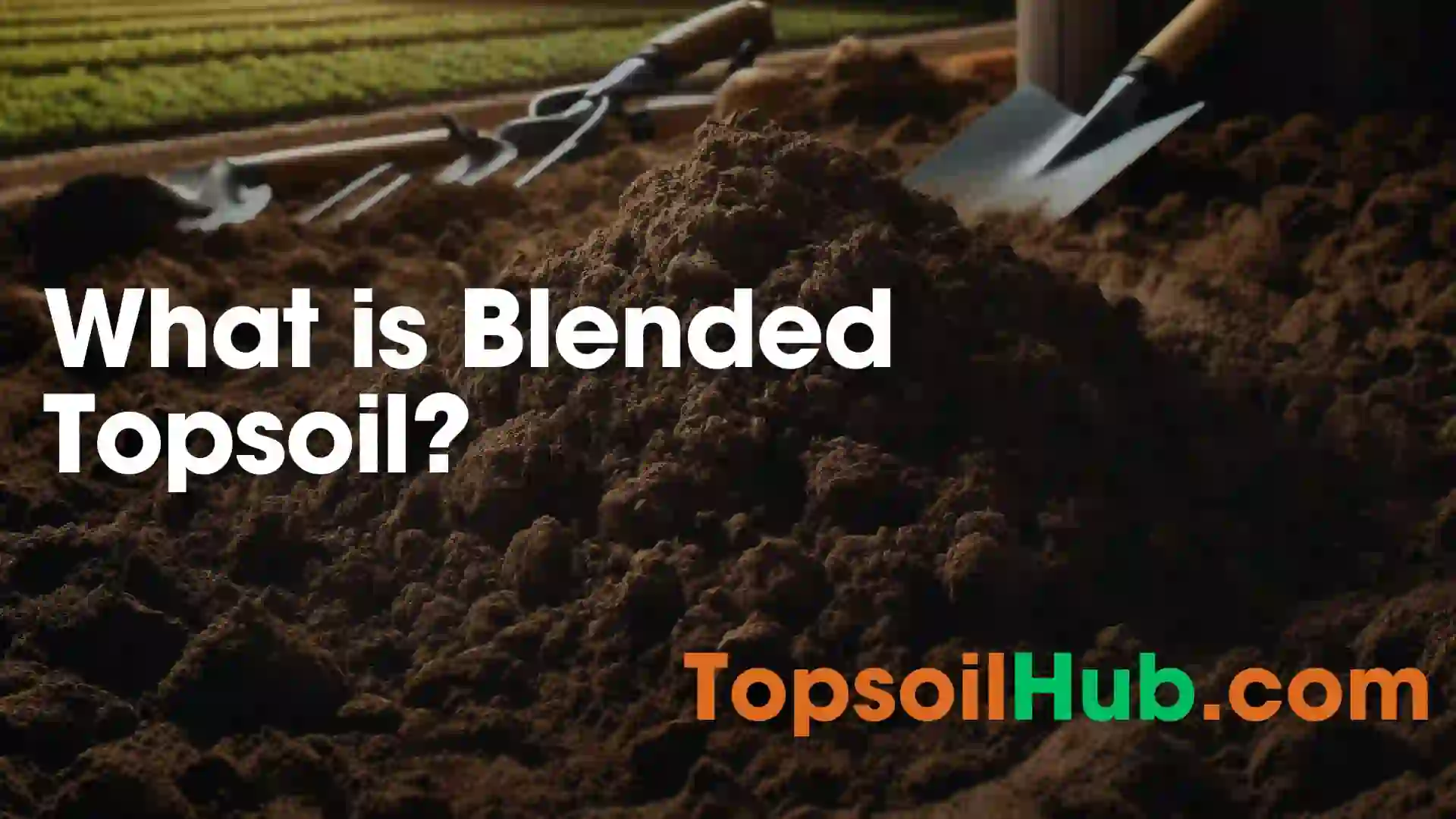Can Cucumbers Grow in Topsoil? A Guide for Beginners
Cucumbers are one of the most popular and versatile vegetables to grow in your garden. They are crisp, refreshing, and delicious in salads, sandwiches, and even drinks. But can cucumbers grow in topsoil? What are the best soil conditions for cucumbers? And how can you improve your soil to make your cucumbers happy and productive?
In this blog post, we will answer these questions and more. We will also share some tips on how to start a cucumber garden from scratch, how to care for your plants, and how to harvest and enjoy your cucumbers.
Can Cucumbers Grow in Topsoil?
The short answer is yes, cucumbers can grow in topsoil. However, the quality and quantity of your harvest will depend on how well your topsoil meets the needs of your cucumber plants.
Cucumbers are warm-season crops that need plenty of sun, water, and nutrients to thrive. They also need good drainage and aeration in the soil to prevent root rot and fungal diseases. The ideal growing conditions for cucumbers are when the soil is maintained at 70 °F with a pH of 6.0–6.81. It may help to work some high-quality, well-rotted compost into the soil.
According to some experts, cucumbers grow best in loose sandy loam soil with a high organic matter content. Sandy loam soil is a type of soil that has more sand than clay or silt but still has enough organic matter to retain moisture and nutrients. Sandy loam soil provides the best drainage and aeration for cucumber roots, as well as enough support for the vines.
If your topsoil is not sandy loam soil, don’t worry. You can still grow cucumbers in any well-drained soil as long as you add some amendments to improve their quality. For example, if your topsoil is too heavy or clayey, you can add some sand or perlite to loosen it up and improve drainage. If your topsoil is too light or sandy, you can add some compost or manure to increase its water-holding capacity and nutrient content.
Another option is to grow your cucumbers in raised beds or containers. This way, you can control the quality of the soil and avoid potential problems with pests or diseases that may affect your ground soil.
Creating the Perfect Topsoil Environment for Cucumbers:
To ensure your cucumbers prosper in topsoil, it’s essential to create the optimal environment. Here are a few key factors to consider:
1. Nutrient Balance:
Topsoil is naturally rich in organic matter, but it’s crucial to maintain a balanced nutrient profile. Incorporating compost or well-rotted manure can help replenish the soil’s fertility, providing cucumbers with the nutrients they need to thrive.
2. pH Levels:
Cucumbers prefer slightly acidic to neutral soil, with a pH range of 6.0 to 7.0. Regularly testing your topsoil’s pH levels and making necessary adjustments will ensure optimal growing conditions for your cucumbers.
3. Drainage:
While topsoil boasts excellent water retention capabilities, it’s equally important to ensure proper drainage. Cucumbers dislike waterlogged soil, so incorporating organic matter, like peat moss or perlite, can enhance the soil’s drainage capacity.
How to Start a Cucumber Garden from Scratch
Now that you know what kind of soil cucumbers need let’s see how you can start a cucumber garden from scratch. Here are some steps to follow:
1. Choose a sunny spot for your cucumber garden.
Cucumbers need at least 6 hours of direct sunlight per day4, so make sure you pick a location that gets enough exposure.
2. Prepare your soil.
Test your soil’s pH and nutrient levels with a kit from your local garden center or extension office. Based on the results, decide what amendments you need to add to your topsoil to make it suitable for cucumbers. You can also make your own compost pile with kitchen scraps and yard waste. Add compost or manure about a month before planting to enrich your soil.
3. Choose your cucumber variety.
There are many types of cucumbers to choose from, depending on your preference and purpose. Some common categories are slicing cucumbers (for fresh eating), pickling cucumbers (for making pickles), and specialty cucumbers (such as lemon or Armenian cucumbers). You can also choose between bush or vine cucumbers, depending on how much space you have. Bush cucumbers are compact and don’t need trellising, while vine cucumbers are sprawling and need support. You can buy cucumber seeds or seedlings from your local nursery or online.
4. Plant your cucumbers.
You can start your cucumber seeds indoors about 3 to 4 weeks before the last frost date in your area, or you can sow them directly in the ground after the danger of frost has passed. Cucumbers are sensitive to cold and transplanting, so make sure you harden off your seedlings before moving them outside. Plant your cucumbers about 1 inch deep and 12 to 24 inches apart, depending on the variety4. If you are growing vine cucumbers, provide a trellis or stake for them to climb on.
5. Care for your cucumbers.
Water your cucumbers regularly and deeply, especially during hot and dry weather4. Cucumbers need about 1 to 2 inches of water per week to prevent wilting and bitter taste. You can also mulch your soil with straw or grass clippings to conserve moisture and prevent weeds. Fertilize your cucumbers every 2 to 3 weeks with a balanced organic fertilizer, such as fish emulsion or compost tea. Watch out for pests and diseases that may affect your cucumbers, such as aphids, cucumber beetles, powdery mildew, and mosaic virus. You can use organic methods to control them, such as hand-picking, spraying with water or soap, or applying neem oil or baking soda.
How to Harvest and Enjoy Cucumbers
The best part of growing cucumbers is harvesting and enjoying them. Here are some tips on how to do that:
- Harvest your cucumbers when they are young and tender before they become too large or seedy. The size and shape of your cucumbers will depend on the variety, but a general rule is to pick them when they are about 6 to 8 inches long for slicing cucumbers and 3 to 5 inches long for pickling cucumbers.
- Harvest your cucumbers frequently, at least every other day, to encourage more production. Use a sharp knife or scissors to cut the stem of the cucumber, leaving about an inch attached to the fruit4. Avoid pulling or twisting the cucumber, as this may damage the vine.
- Store your cucumbers in the refrigerator for up to a week or longer if you make pickles with them. You can also freeze or dehydrate your cucumbers for longer storage.
- Enjoy your cucumbers fresh or cooked in various dishes. You can eat them raw in salads, sandwiches, wraps, or dips. You can also make refreshing drinks with them, such as cucumber water, lemonade, or smoothies. You can also cook them in soups, stir-fries, casseroles, or curries. And, of course, you can make delicious pickles with them using vinegar, salt, sugar, spices, and herbs.
Conclusion:
In conclusion, cucumbers can grow successfully in topsoil, provided the conditions are optimized to meet the crop’s needs. While topsoil contains many beneficial properties, amendments may be required to improve drainage, nutrient levels, and pH. With careful preparation of the soil, proper planting techniques, attentive care and maintenance, and timely harvesting, a thriving cucumber garden can be cultivated in topsoil. The reward will be an abundant yield of delicious cucumbers that can be enjoyed fresh or processed into tasty pickles, drinks, and dishes. With some planning and effort, topsoil can become an ideal medium to grow crisp, refreshing cucumbers.







